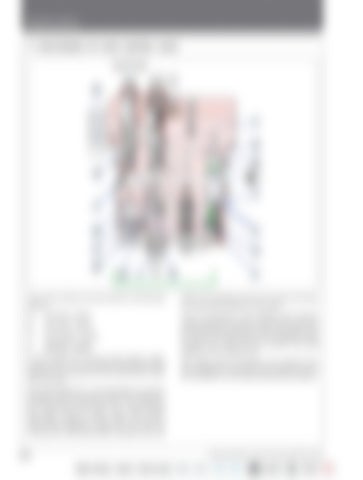Hydraulics 4. FUNCTIONING OF FLOW CONTROL VALVE
The Control Valve has three distinct functioning phases:
allows the regulator piston (2) to open the holes (17) and the oil flows to the tank.
A)
NEUTRAL PHASE
B)
DELIVERY PHASE
C)
DISCHARGE PHASE
A.
NEUTRAL PHASE
The oil contained in the cylinder (23) remains under pressure by means of the check valve (3), by the discharge valve (4) and by the safety valve (5) which are connected to the cylinder by the annular duct (18) and thus sustains the load applied to the lifting arms.
In this phase the control valve keeps under pressure the oil in the cylinder bearing the load while the oil coming from the pump flows freely into the tank.
The safety valve (5) protects the cylinder from the possibility of eventual over-pressure due to the oscillation of the load during road transport.
The control spool (1) is in the position to connect chamber (26) of the pilot valve (27) directly to the discharge through hole (16). Thus allowing the same valve to open hole (28) which discharges chamber (15) by means of the duct (29) of the regulator piston (2). Thus the oil coming from the pump feeds chamber (22) and
I-6
35 Series 4WD, Model - 3535, 4035, 4535 and 5035 SM June’08




















































